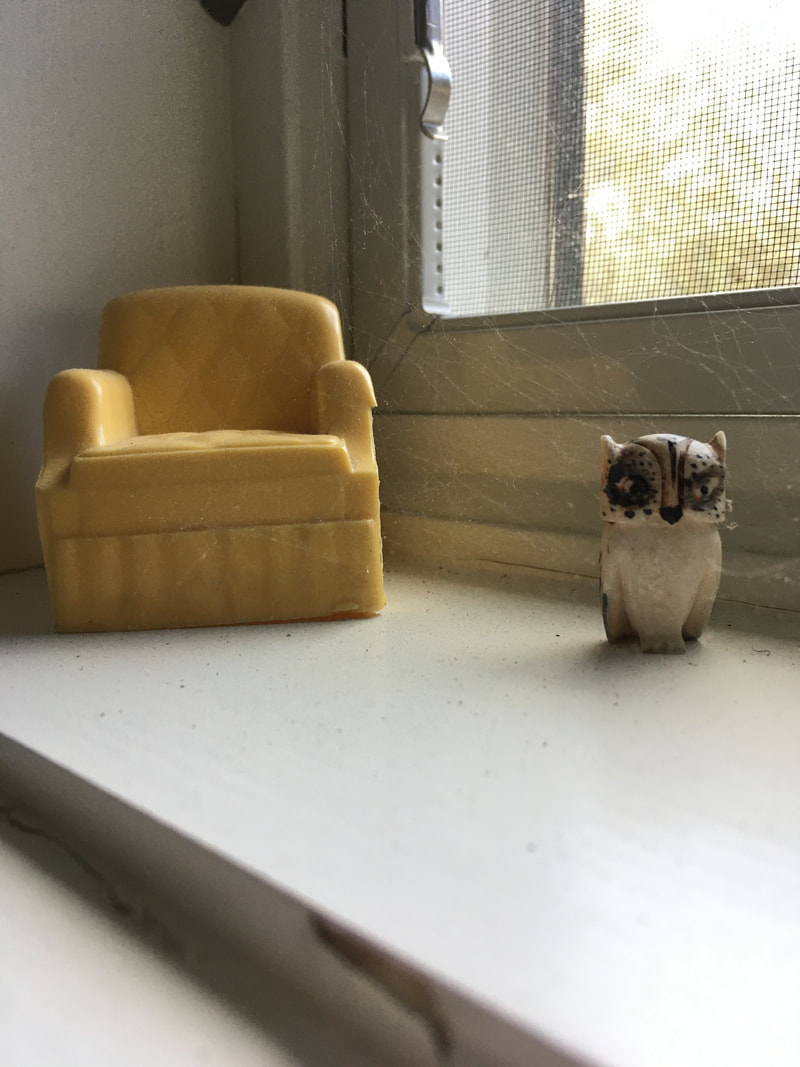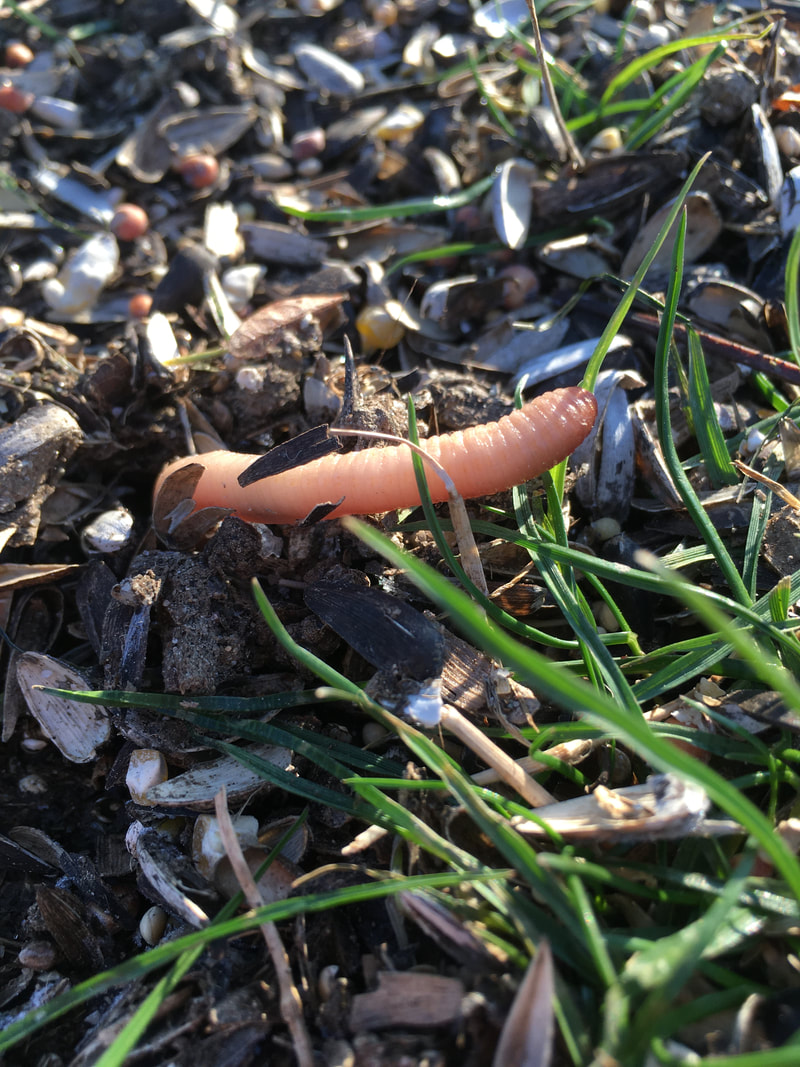Poetic Introductions: Three Self-Portrait Prompts to Break the Ice, Emily Moore, in Spellbound: The Art of Teaching Poetry, Edited by Matthew Burgess
|
Here we are in this room. We just arrived an hour ago, and now we've written poems! And we are sharing them. And hearing them and being heard. We've broken the seal! Let's see what else we can do with the rest of this time we have together. (italics in original)
Poetic Introductions: Three Self-Portrait Prompts to Break the Ice, Emily Moore, in Spellbound: The Art of Teaching Poetry, Edited by Matthew Burgess Whatever phrase they choose should carry some larger meaning or serve to set the tone or mood for the piece.
'Hanging Fire": Using Repetition to Write Poems about the Past, Jasminne Mendez, in Spellbound: The Art of Teaching Poetry, Edited by Matthew Burgess I've noticed that young writers like to exaggerate or imagine their secret hideouts with outrageous or fantastical details. Personally, I don't have a preference between a literal description of a physical space or a fantasy fort. In fact, one of the key points about these spaces is that they permit an inward movement and trigger imaginative flight.
Your Secret Hideout: Poems About Real and Imaginary Childhood Spaces, Matthew Burgess, in Spellbound: The Art of Teaching Poetry, Edited by Matthew Burgess All the while, we're opening up our collective idea of poetry, opening it wide enough to include every student in the room.
What Is a Poem?: Writing Towards a Wilder Definition of Poetry, Erika Luckert, in Spellbound: The Art of Teaching Poetry, Edited by Matthew Burgess All lyric poems have the essence of elegy in their DNA: they still and distill particular moments in time and make keepsakes of consciousness that survive the moment of their making.
Lost and Found: Reading and Writing the Elegy, Michael Morse, in Spellbound: The Art of Teaching Poetry, Edited by Matthew Burgess |
Categories |






 RSS Feed
RSS Feed